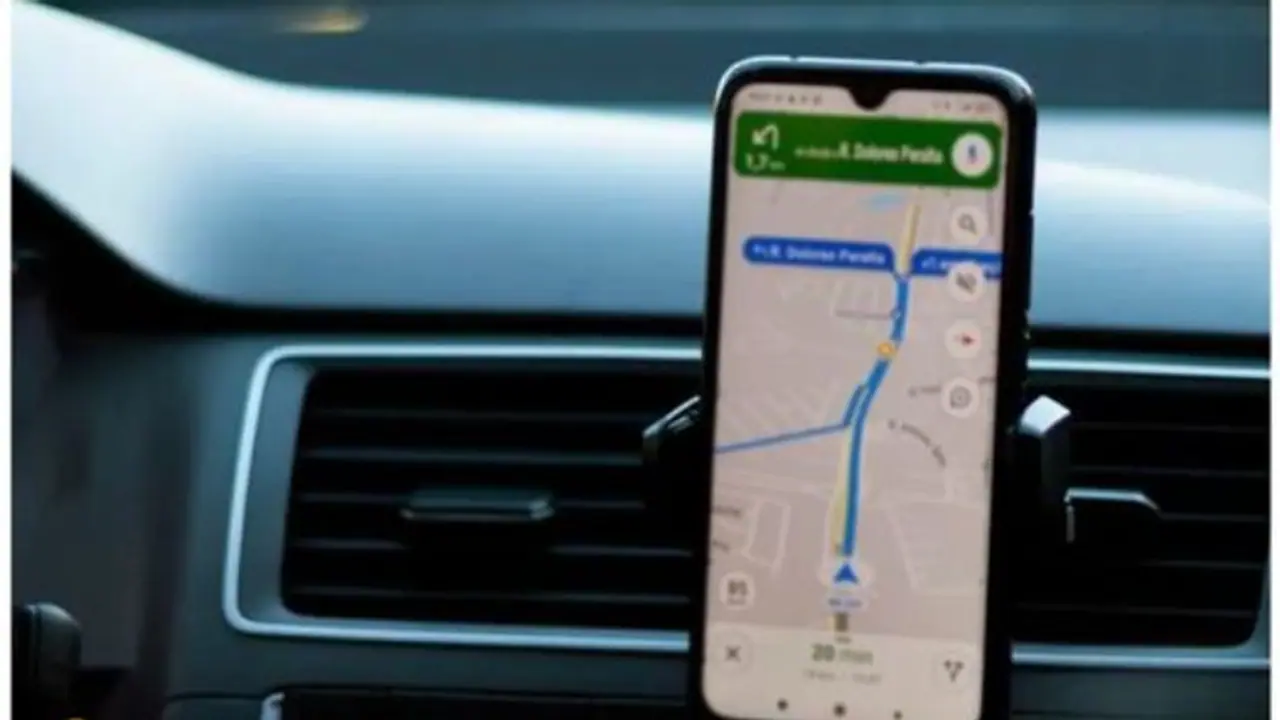In modern times, Google Maps is an indispensable tool for navigation, offering real-time traffic updates, optimal routes, and location-based services that enhance efficiency in travel and daily life. However, traveling through unfamiliar routes by looking at the map can sometimes be dangerous.
Kochi: The Kerala Police has emphasised the need for caution when using Google Maps in light of the deaths of two young doctors in a car accident in Ernakulam while using the app. The news of accidents that occurred while using the map to navigate is evidence that the Google map is likewise inaccurate. The Kerala police took to Facebook and wrote that most accidents involving Google Maps occur during monsoon season. In the past, travellers would look at landmarks and other signs to inquire for directions. However, people continue to depend on the map.

Also Kerala: Car plunges into river killing 2 doctors in Ernakulam; 3 injured
The Kerala police listed out some points to remember while using the Google Map:
1. Road traffic is often diverted during natural disasters such as floods and torrential rains. Google Maps will not tell you this.
2. During the monsoons, the Google Maps algorithm guides us on roads with less traffic as easy routes. But less busy roads are not necessarily safer.
3. Google Maps may lead to impassable roads with overflowing streams, landslides, fallen trees, and narrow and impassable roads full of hazards. But it does not necessarily take us to the destination.
4. It is safer to avoid completely unfamiliar and deserted roads during the rainy season and at night, which are prone to accidents.
5. At night the GPS signal is lost and the route can sometimes be lost.
6. It is a fact to be noted that the most sought after resorts and tourist centers are being misled and put at risk by tourists intentionally or unintentionally wrongly recording their location in Google.
7. Routes can be saved in advance on routes where signal is likely to be lost.
8. Don't forget to select the mode of travel on the map. Choose from a four-wheeler, two-wheeler, cycle, walking and train options. A four-wheeler cannot go the way a bike goes.
9. There are two ways to go to a place. In these cases we can avoid getting lost if we give a known place as an add stop.
10. If you get lost, Google Maps will show you an alternative route to your destination. However, this route may not be suitable for four-wheelers or large vehicles.
11. If you notice a traffic jam, you can report it through the 'contribute' option in the Google Maps app. Here you can report the problem through the add or fix road option in the edit map option. Google Maps will take care of this. This will later help the passengers coming through it. Incorrect place names and unmarked areas can be reported to Google this way.
